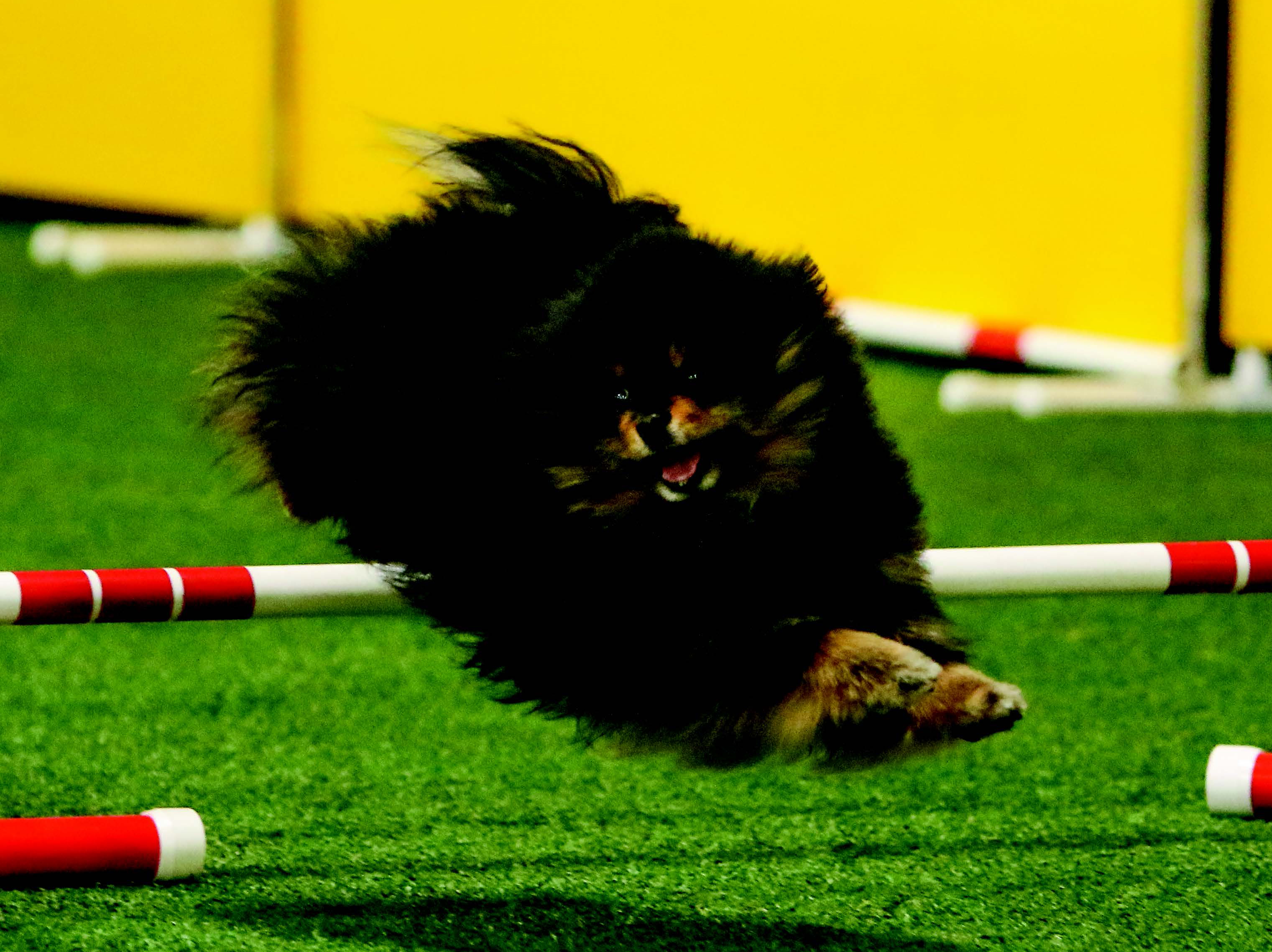As a college student, you more than likely learned from adjuncts—the highly specialized faculty who teach one or two classes per semester. The university couldn’t function without them. But did you ever stop to wonder what they were doing when they weren’t at Bellarmine? We decided to find out. The results might surprise you.
By Carla Carlton
Jennifer Blevins Sinski thought she had her career path planned—and then everything went to the dogs.
As an undergraduate student at Bellarmine, she published a book on human sexuality with Dr. Curtis Bergstrand and assumed that topic would be the focus of her Ph.D. But as Sinski, who grew up in a family that kept Chihuahuas and who has never been without
a companion animal, was researching the areas of sociology, “I saw ‘Animals in Society,’” she said, “and human sexuality went by the wayside.”
Her first research project, one of the first studies to be published on the state of animal sheltering in Kentucky, caused a stir when it revealed the number of animals being euthanized and the lack of adherence to the data collection requirements outlined
in the Kentucky Humane Shelter Law. Her dissertation, based on data from 1,200 shelter leaders and directors nationwide, concluded that shelters operated by women tend to have significantly lower euthanasia rates.
Gender’s effect on shelter leadership remains a topic of her research as an adjunct faculty member in Bellarmine’s Sociology Department. In her time away from Bellarmine, Sinski does her part to make sure that dogs and their people have successful
relationships. She’s co-owner of Competitive Edge Agility and Dog Sports, an indoor training and competition facility that opened six years ago. “We do all-positive, treat-based training,” she says. “A well-trained dog is not
going to go back into a shelter. And, of course, that is going to help bring down our euthanasia rates as well.”
Sinski started working at Bellarmine in 1987 as the director of printing and mail services. After earning her undergraduate and MAT degrees at Bellarmine (and meeting her husband, Dr. Joe Sinski), she taught high school for a while, then came back to
Bellarmine to teach full-time in the IDC program after getting a master’s in English at Murray State. She left again to pursue a Ph.D. in Applied Sociology and returned to Bellarmine in 2016 as an adjunct, where she teaches several sociology
courses and coordinates the internships required for Criminal Justice Studies majors, placing students with organizations like Louisville Metro Police, the Jefferson County court system and ElderServe.
She sees parallels between her vocation and her avocation.
“Much of the way we treat our animals has been historically how we’ve treated people,” she says. “All you have to do is turn on your TV and watch Pitbulls and Parolees and you can see parolees who can relate to these pitbulls
in cages because they’ve just come out of cages in the system. Many of the same words that we use to refer to animals we use to refer to women—so yeah, there’s all kinds of connections between how we treat people and how we treat
animals.”
But a paradigm shift has occurred in our way of thinking about companion animals, she says: They’ve gone from being property to being part of the family. Animals “moved from a place in the yard into our
homes. Then they moved from hanging out in the house with us to [being in] our bedrooms, and now in our beds.” That shift in thinking has put a huge stress on shelters that traditionally relied on euthanasia as a tool for dealing with overpopulation:
Killing isn’t acceptable anymore.
“We have seen women really step up to the plate as they move into high-level leadership roles in big animal-sheltering organizations,” she says. “We are seeing shifts from euthanasia to fostering and training and shipping animals to
parts of the country that need adoptable animals—programs that require organizations to partner with other organizations, where previously animal shelters were kind of like an island unto themselves.”
Her daughter, Brittany W. Derrenbacher, who also graduated from Bellarmine, fosters Boston terriers with special needs.
As its name would suggest, Competitive Edge offers more than obedience training. The facility also trains dogs in agility and nose work. In agility, a handler directs a dog that is off-leash through an obstacle course in which both time and accuracy count.
Nose work can involve tracking or scenting.
Sinski also competes with her own dogs, three Pomeranians named Cuddles, (Trouble with) Tribbles and Yoshi and a Schipperke named Chloe, who have accumulated an impressive haul of ribbons. While Shelties and border collies are usually the top breeds for
agility courses, “just about any dog can compete with some training,” she says. And in training them, she said, “you get to realize how smart our dogs really are. They learn very much like children.”
She theorizes that positive animal training is beneficial not just for the dog, but for the trainer as well. She and her husband, along with biology major Lucy Hunt, are currently conducting a research project in which they are observing behaviors, conducting
interviews and testing cortisol levels in saliva pre- and post-training. “We hope to prove that this positive training can significantly reduce stress on both parties—the dog and the human.”
